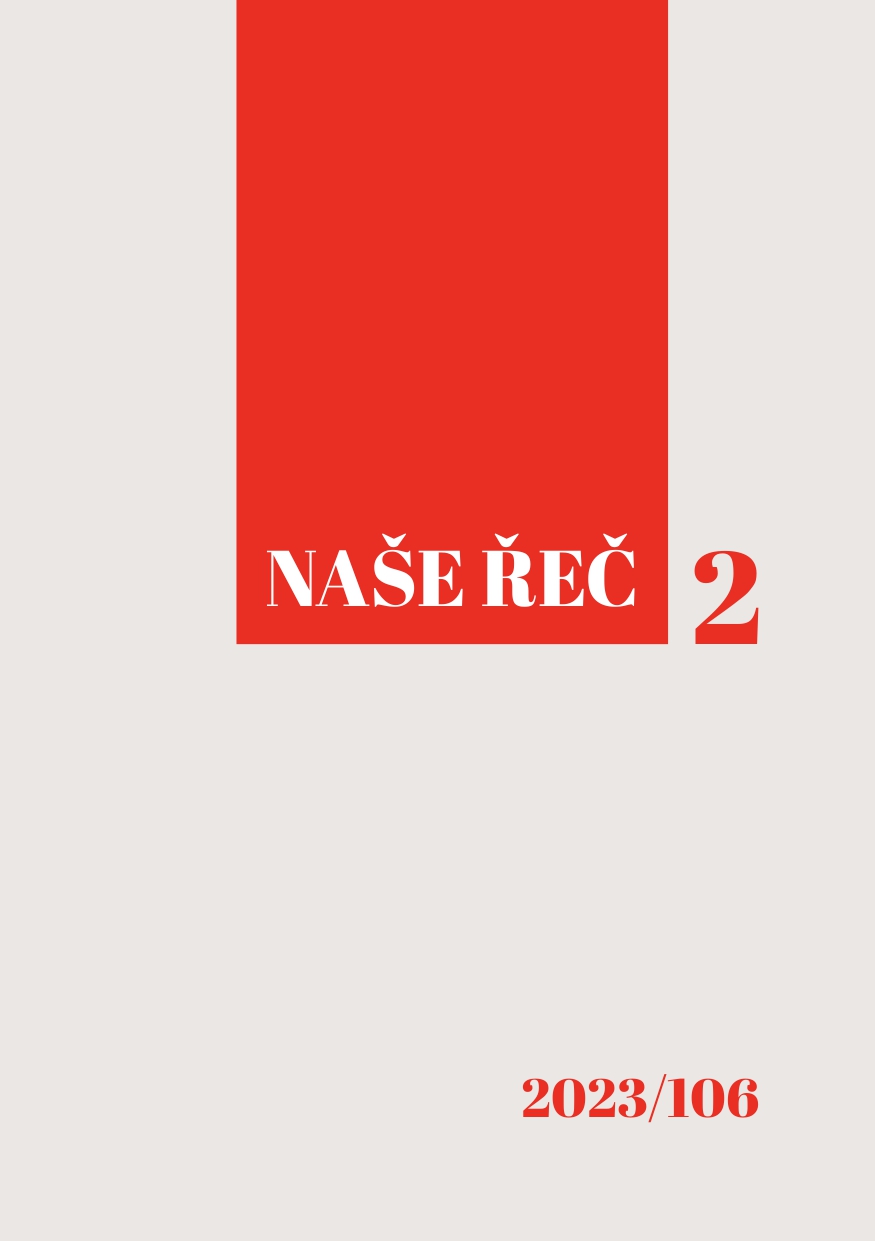Definite associative anaphora in informal spoken Czech: A corpus-based study
Definite associative anaphora in informal spoken Czech: A corpus-based study
Author(s): Jan DvořákSubject(s): Language studies, Theoretical Linguistics, Semantics, Pragmatics, Western Slavic Languages
Published by: AV ČR - Akademie věd České republiky - Ústav pro jazyk český
Keywords: corpus linguistics; definite associative anaphora; emerging definite article; grammaticalization; informal spoken Czech; ten
Summary/Abstract: The present study, couched within the framework of Löbner’s Concept Types and Determination theory (CTD) and relying both on corpus data and the questionnaire method, attempts to provide some evidence for the claim that there is a growing tendency in contemporary informal spoken Czech to use the emerging definite article ten with definite associative anaphora (DAA). Just like its Western Slavic cognates, the distance-neutral demonstrative ten appears to manifest characteristics typical of definite articles across languages (cf. Ortmann, 2014; Czardybon, 2017; Dvořák, 2020). One of these characteristics is the spreading of ten to contexts situated between pragmatic and semantic definiteness on Löbner’s definiteness scale (Löbner, 1985; 2011). DAA is part of these contexts. However, as the present study shows, marked differences exist between the three sub-types of DAA as defined by Löbner with regards to their willingness to accept ten. These are, respectively, the “part-whole,” the “relational” and the “situational” sub-type. Other factors must also be taken into account, such as the speaker’s emotional involvement and competing interpretations of the occurrence of ten.
Journal: Naše řeč
- Issue Year: 106/2023
- Issue No: 2
- Page Range: 87-109
- Page Count: 23
- Language: English

